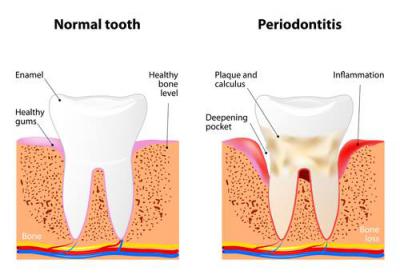- Call Us Now: +855 12 889 112 / +855 11 978 777
- E-Mail: [email protected]
Amalgam Filling

Amalgam is a commonly used dental filling that has been used for over 150 years. It is a mixture of mercury with at least one other metal. Amalgam has many advantages over other restorative material, such as low cost, strength, durability, and bacteriostatic effects.
Amalgam is used in dentistry for some reasons. It is relatively easy to use and manipulate during placement; it remains soft for a short time so it can be packed to fill any irregular volume, and then forms a hard compound. Amalgam possesses greater longevity than other direct restorative materials, such as composite. On average, most amalgam restorations serve for 10 to 12 years, whereas resin-based composites serve for about half that time. However, with recent improvements in composite material science and a better understanding of the technique-sensitivity of placement, it should be noted that this difference is decreasing.
There are circumstances in which composite (white fillings) serves better than amalgam; when amalgam is not indicated, or when a more conservative preparation would be beneficial, composite is the recommended restorative material. These situations would include small occlusal restorations, in which amalgam would require the removal of a more sound tooth structure, as well as in “enamel sites beyond the height of contour.”
The American Dental Association Council on Scientific Affairs has concluded that both amalgam and composite materials are considered safe and effective for tooth restoration.



